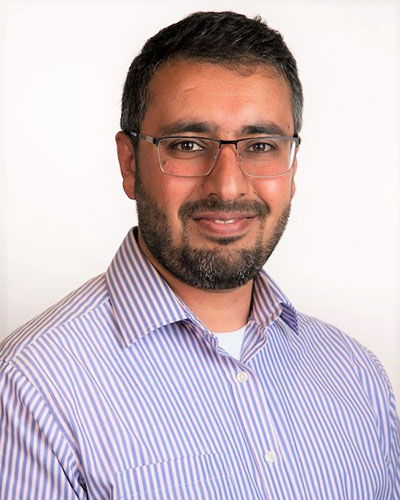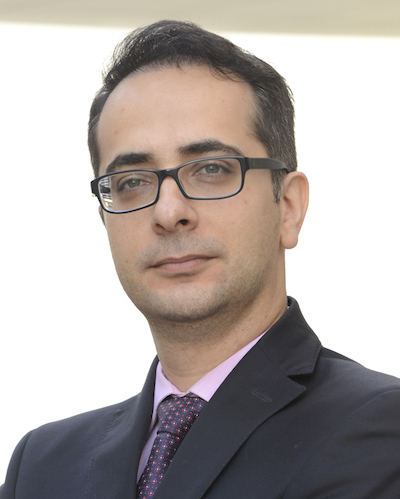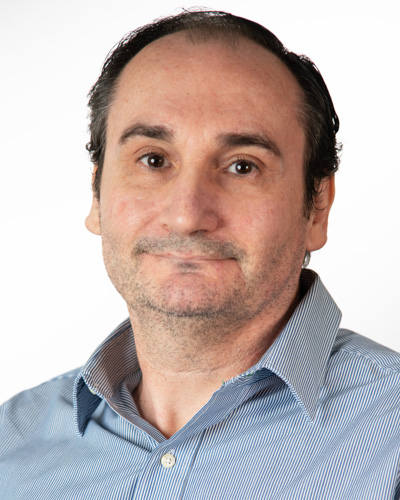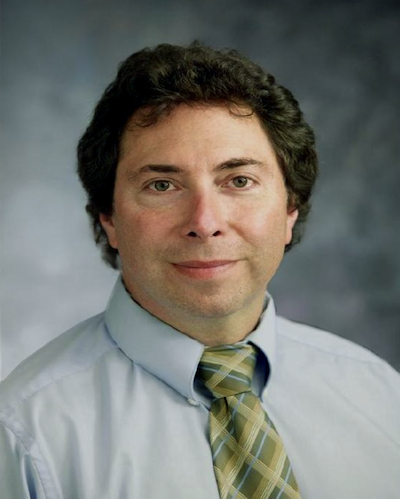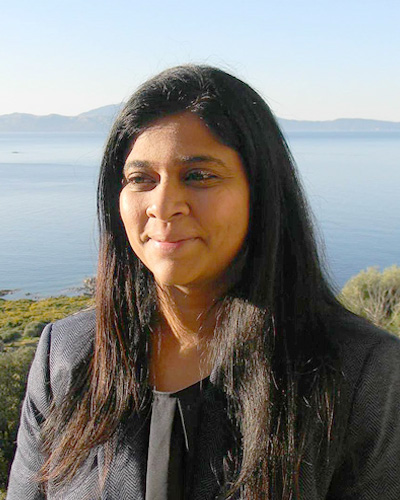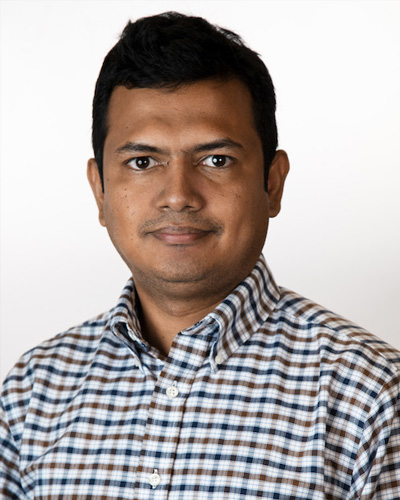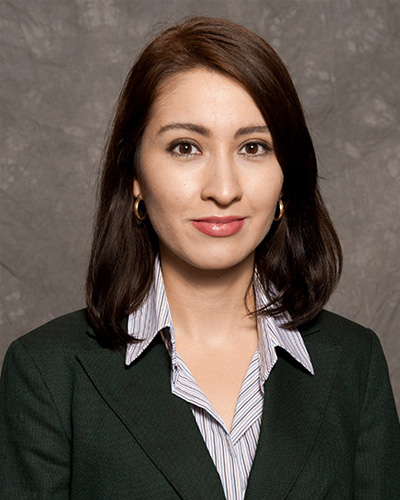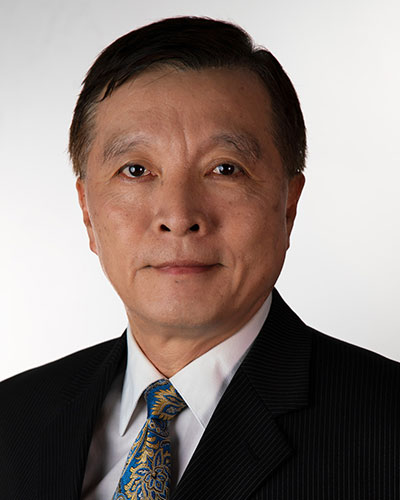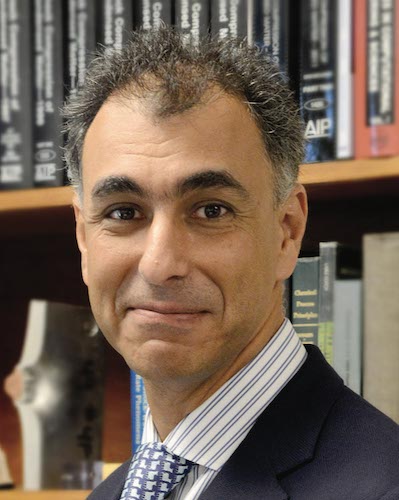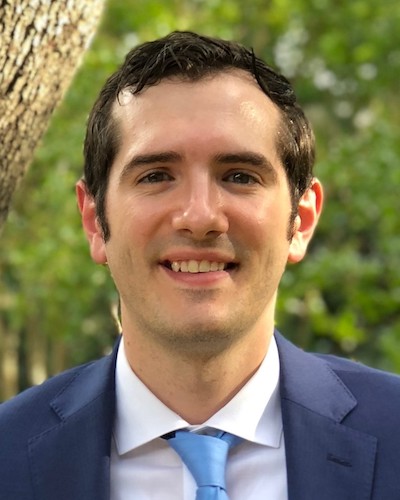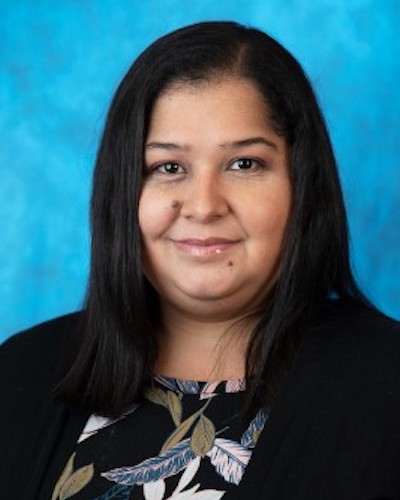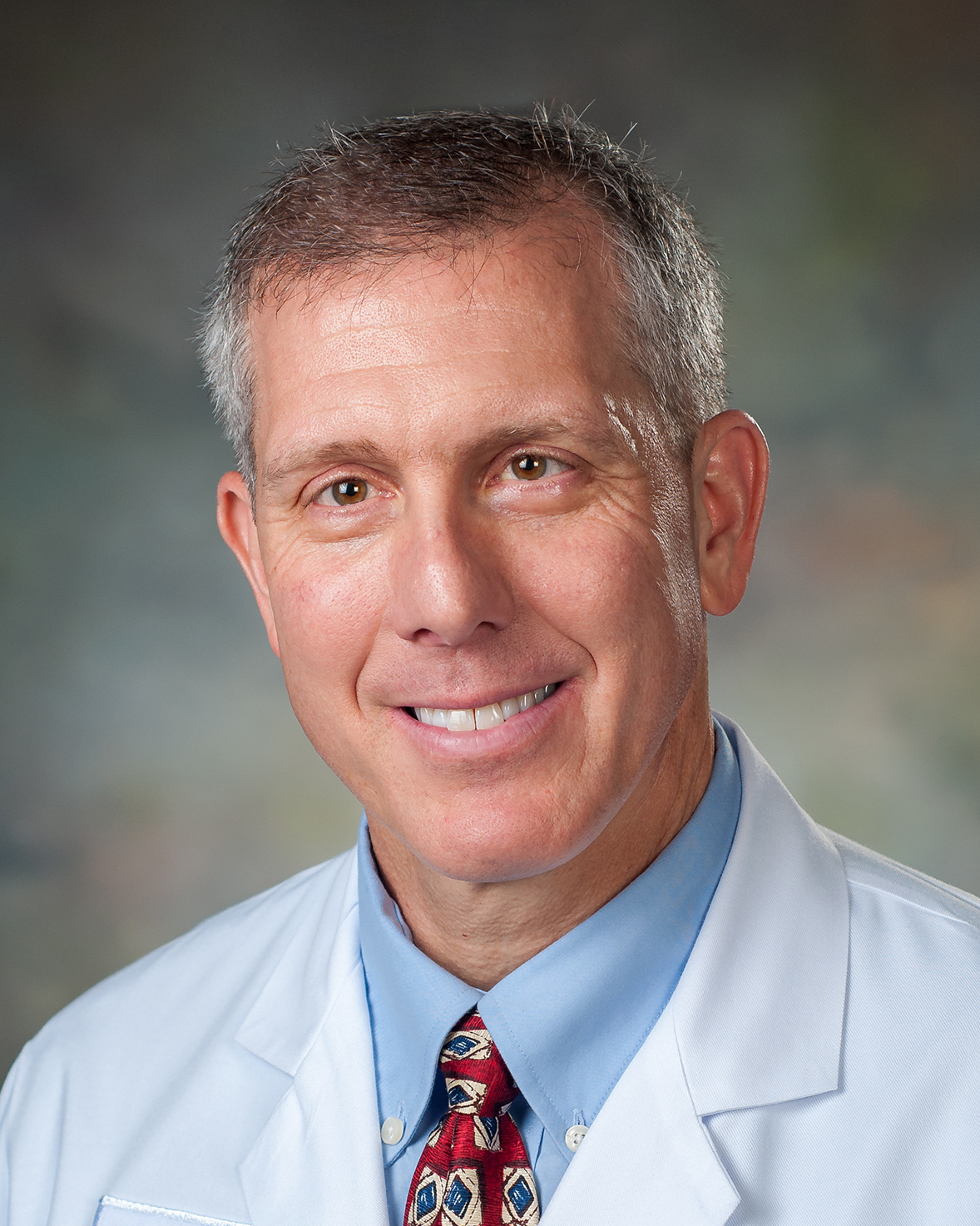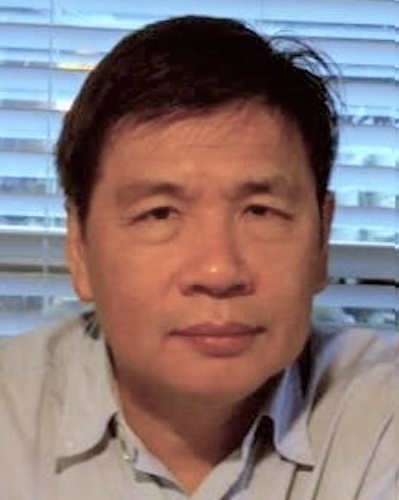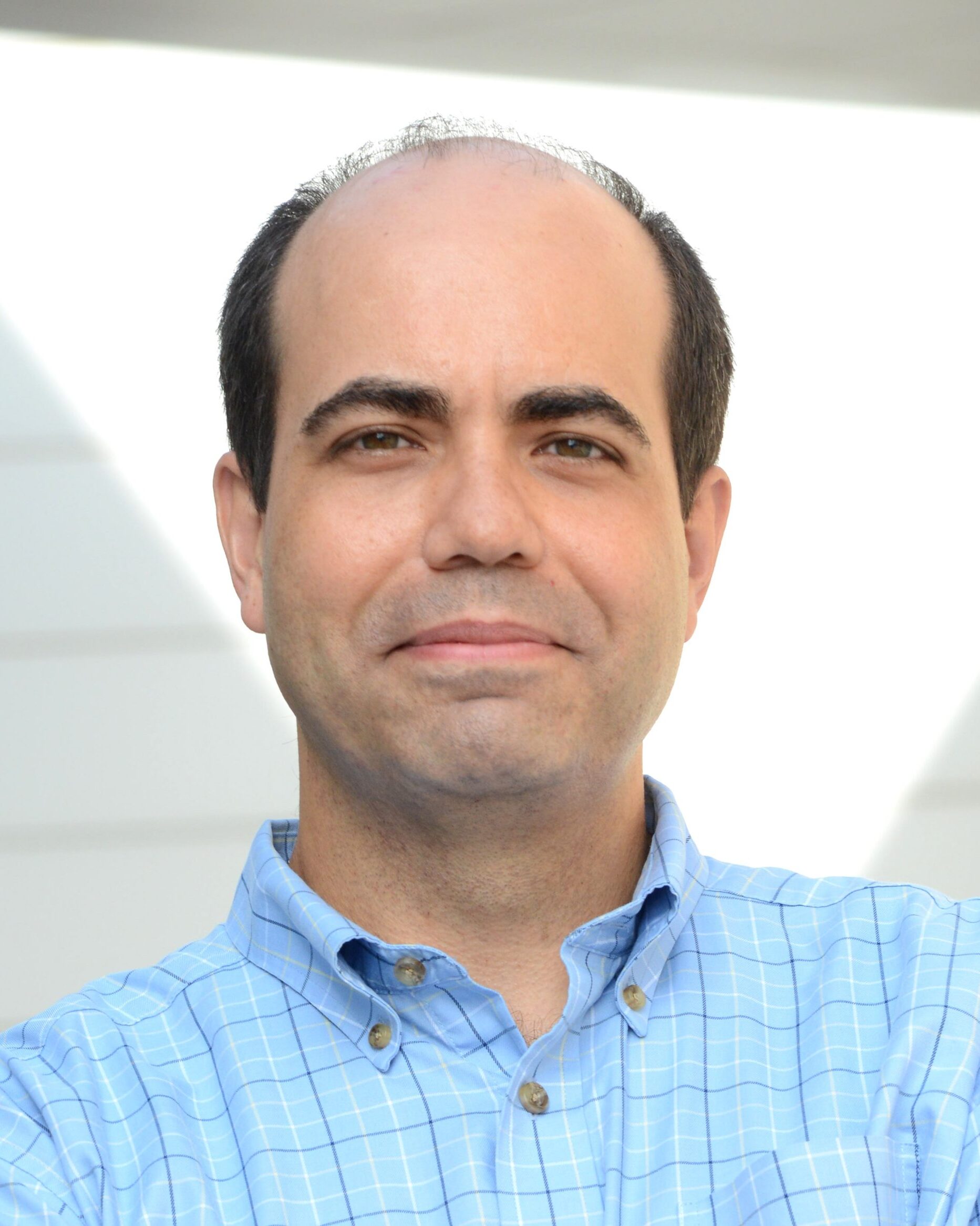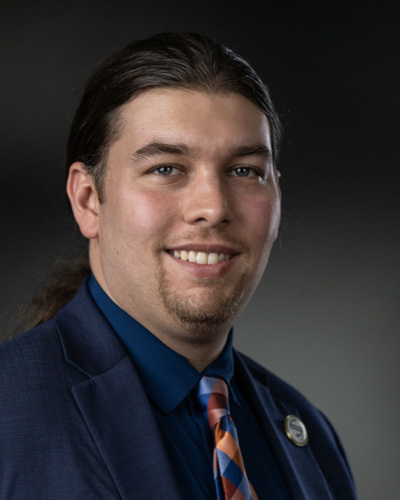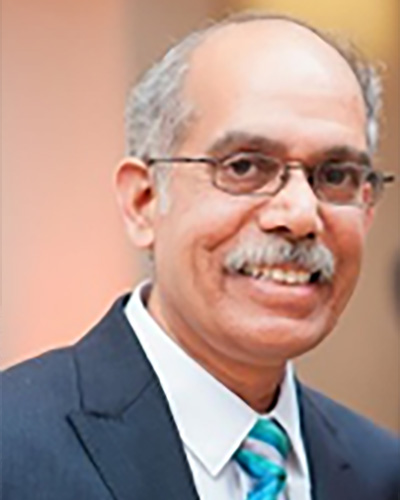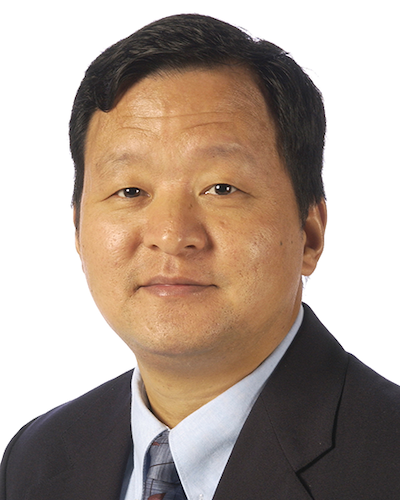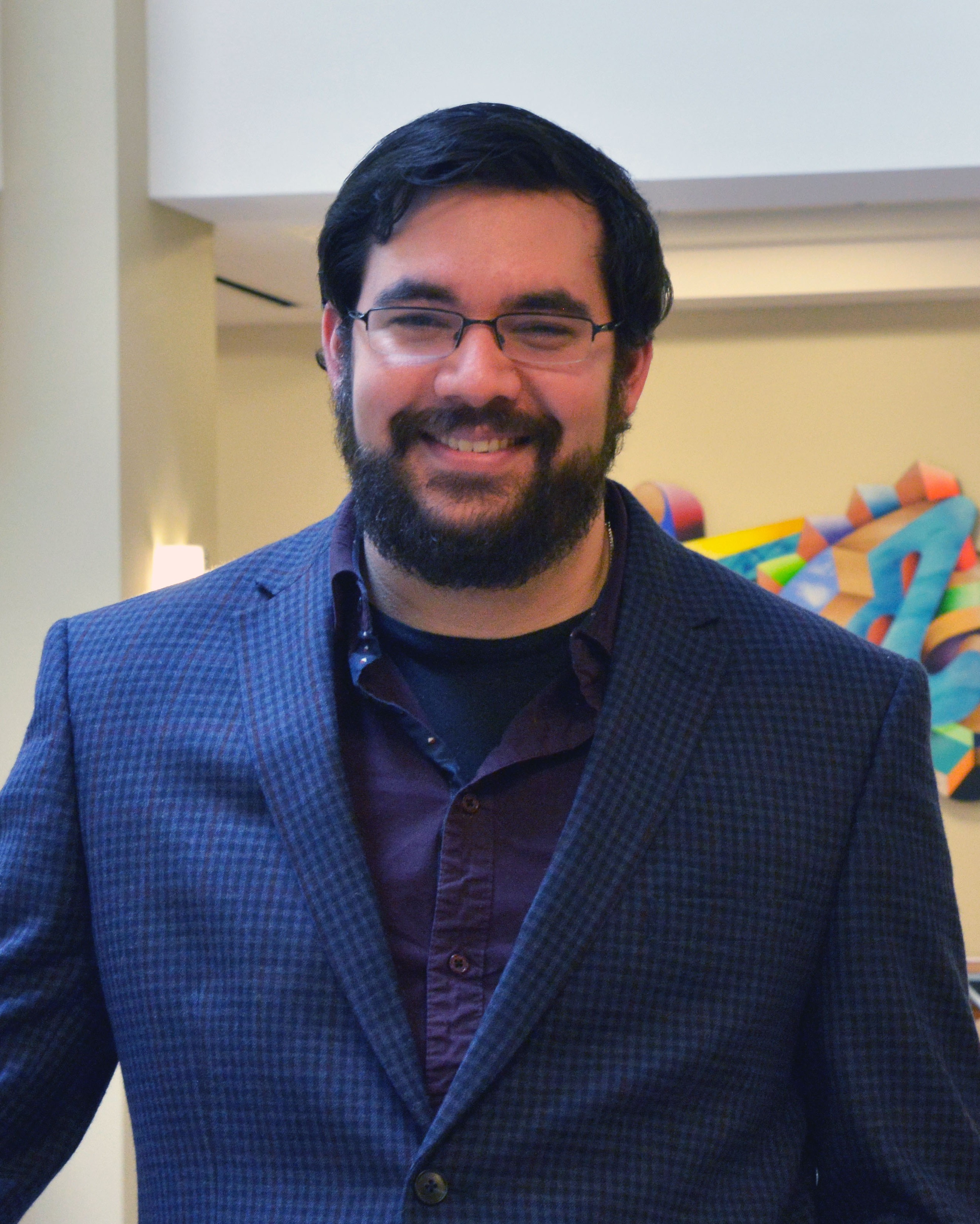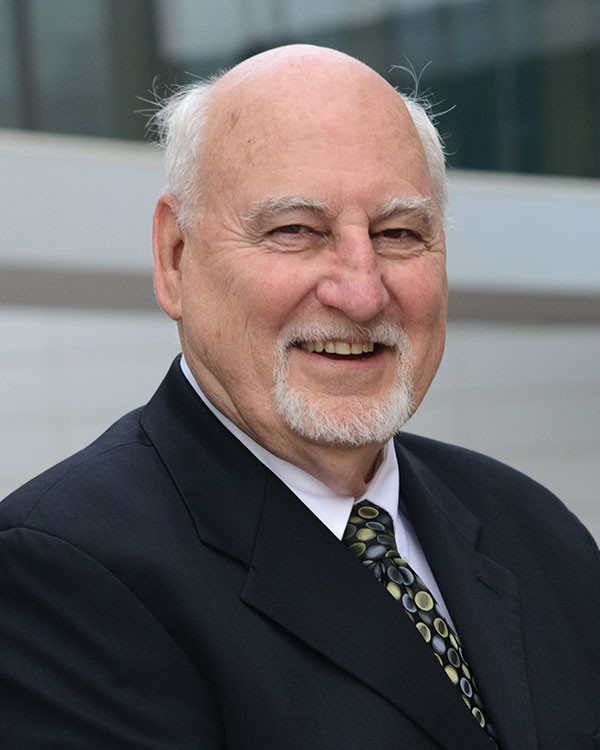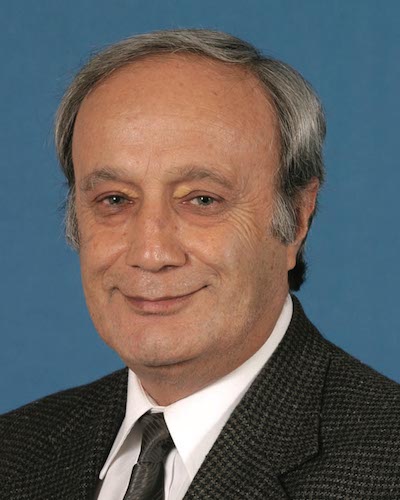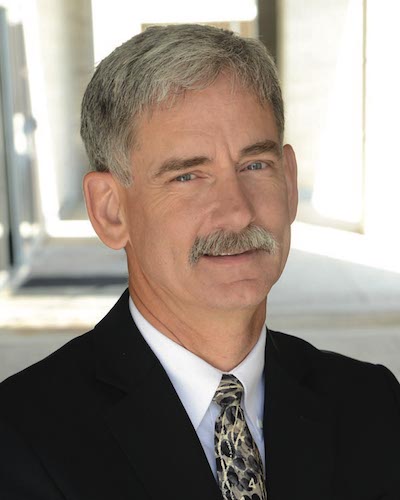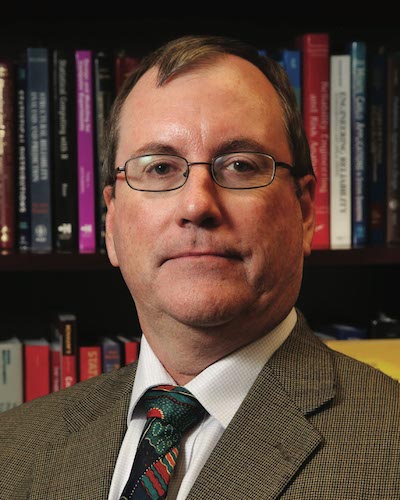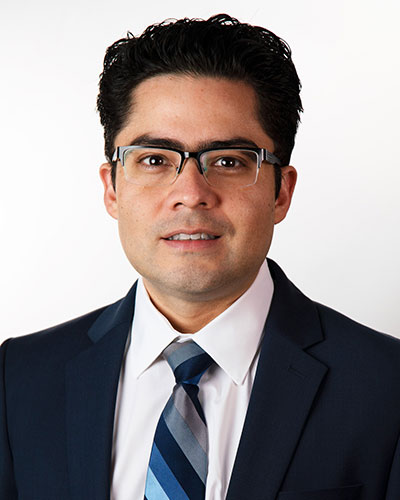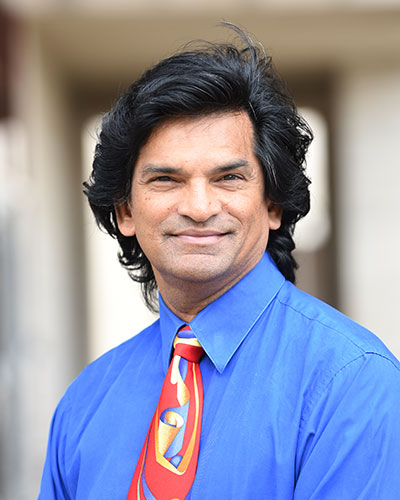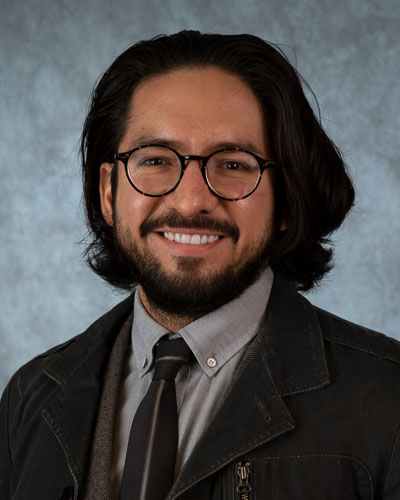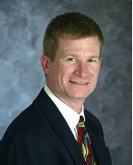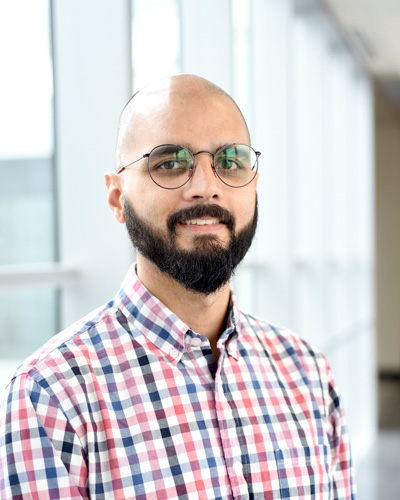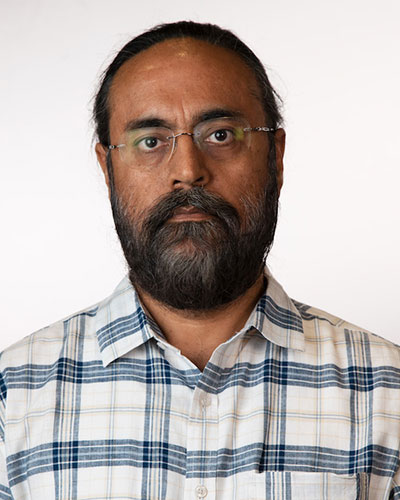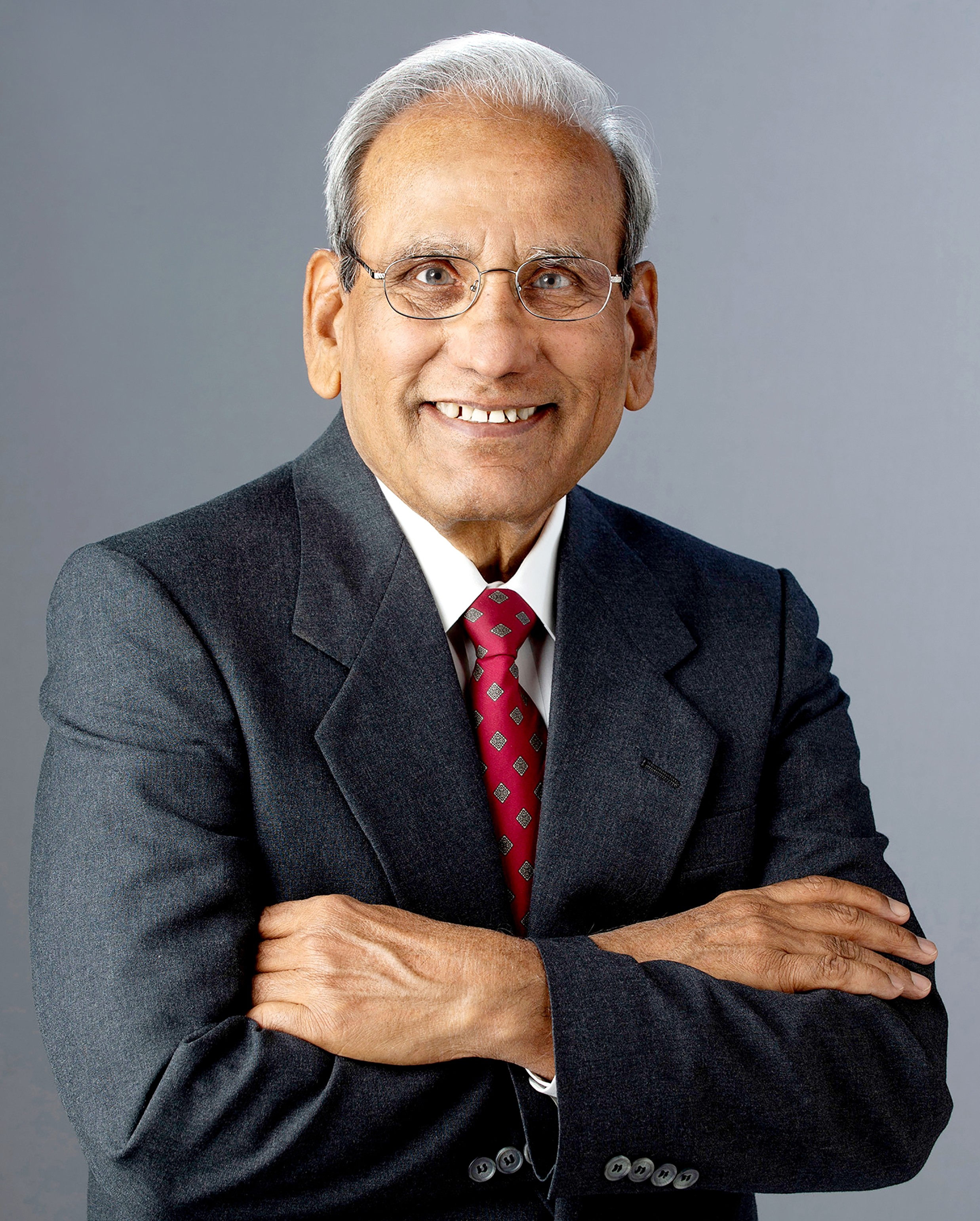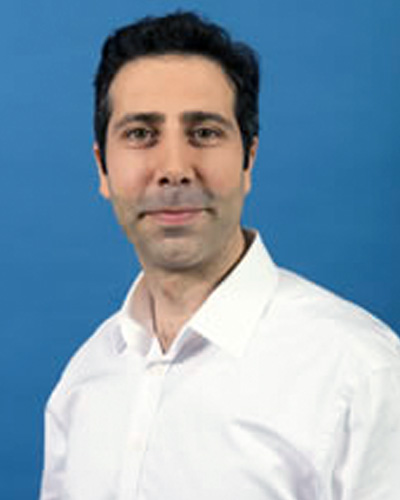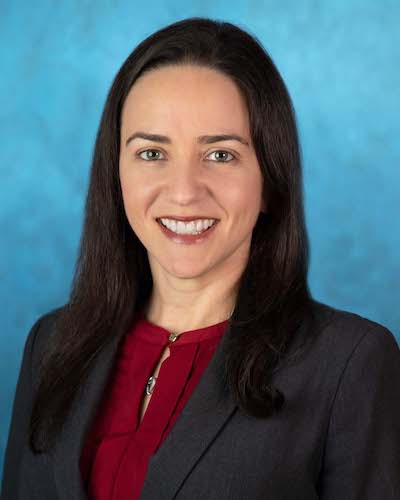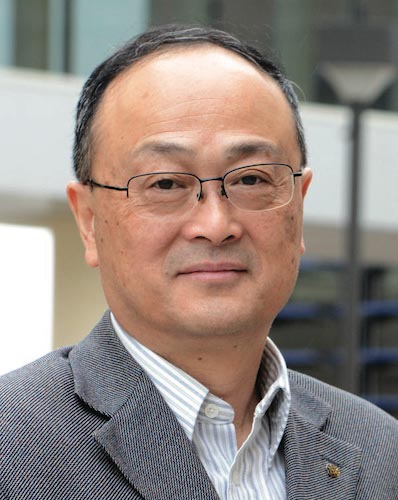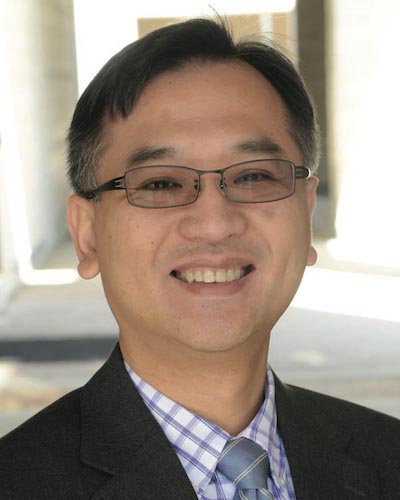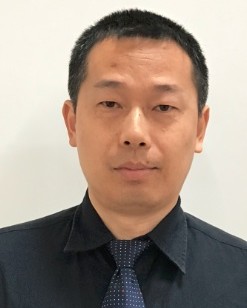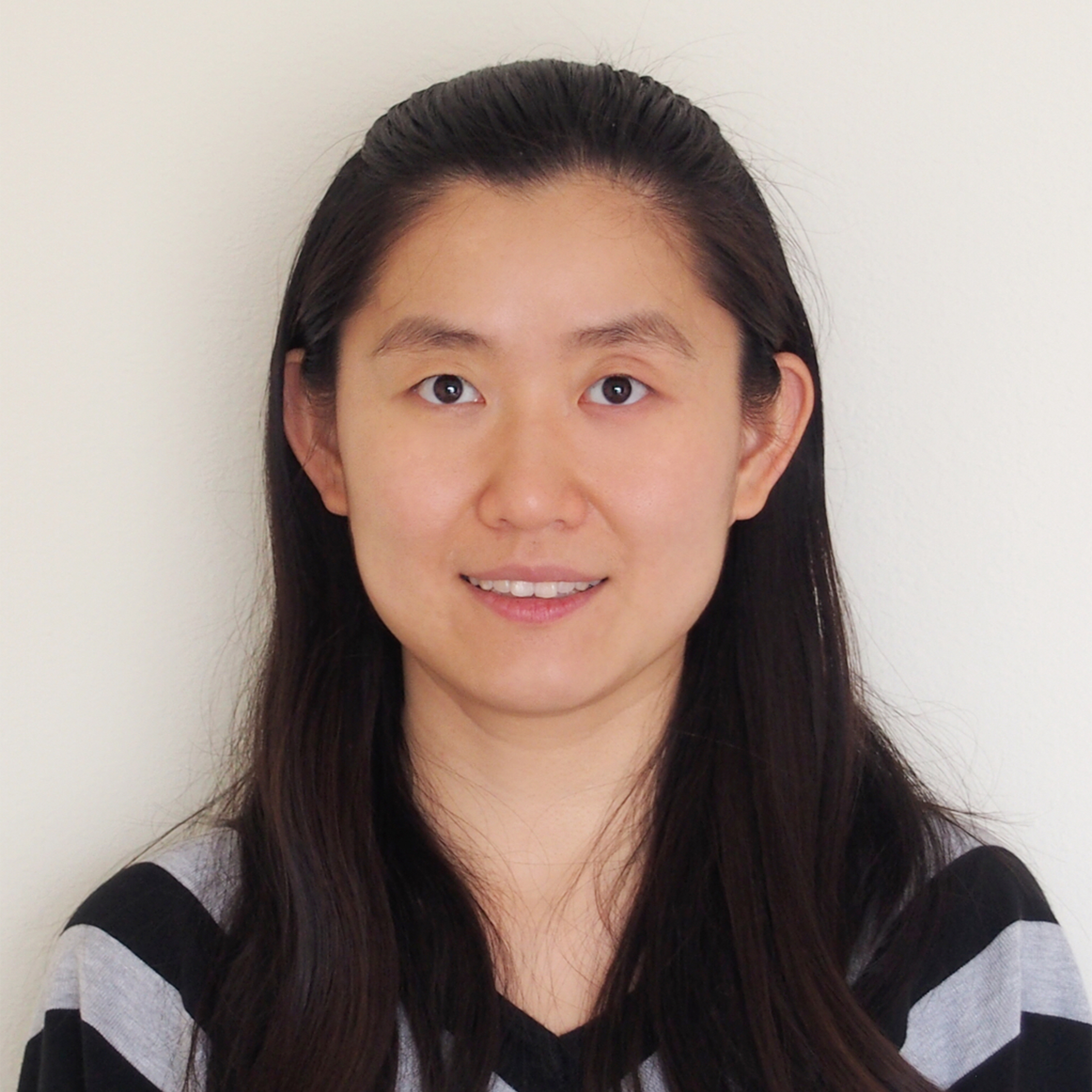Welcome to the Department of Mechanical Engineering at UTSA! The Department of Mechanical Engineering offers programs at both the undergraduate and graduate level that prepare students for future challenges and opportunities. Our programs include a B.S. in Mechanical Engineering (an ABET accredited undergraduate program), a M.S. in Mechanical Engineering, a M.S. in Advanced Manufacturing and Enterprise Engineering, and a Ph.D. in Mechanical Engineering, which is a joint program with Southwest Research Institute. In addition to these four degrees, we also offer four certificate programs: Aerospace Engineering, Heating, Ventilation and Air-Conditioning, Industrial and Manufacturing Engineering, and Oil & Gas. We have multiple undergraduate scholarships and research opportunities available to our undergraduate students. Graduate fellowships are also available for both our masters and doctoral students.
Mission Statement
The mission of the Mechanical Engineering Department is “to provide excellent educational and research opportunities to our undergraduate and graduate students who will contribute to the technological and economic development of the community, the region and the nation.”
“The faculty of the Department of Mechanical Engineering values excellence in teaching, research, and service to the community and the profession. Our students learn to be technically competent and socially responsible, while they acquire a solid background to perform diverse engineering functions; to succeed in graduate education; and acquire life-long learning skills.”
Have an inquiry about our program?
We appreciate your interest in the Department of Mechanical Engineering at UTSA and extend our warmest welcome to you from the Department.


